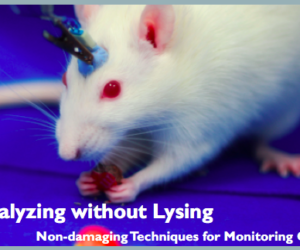Category: Science
-
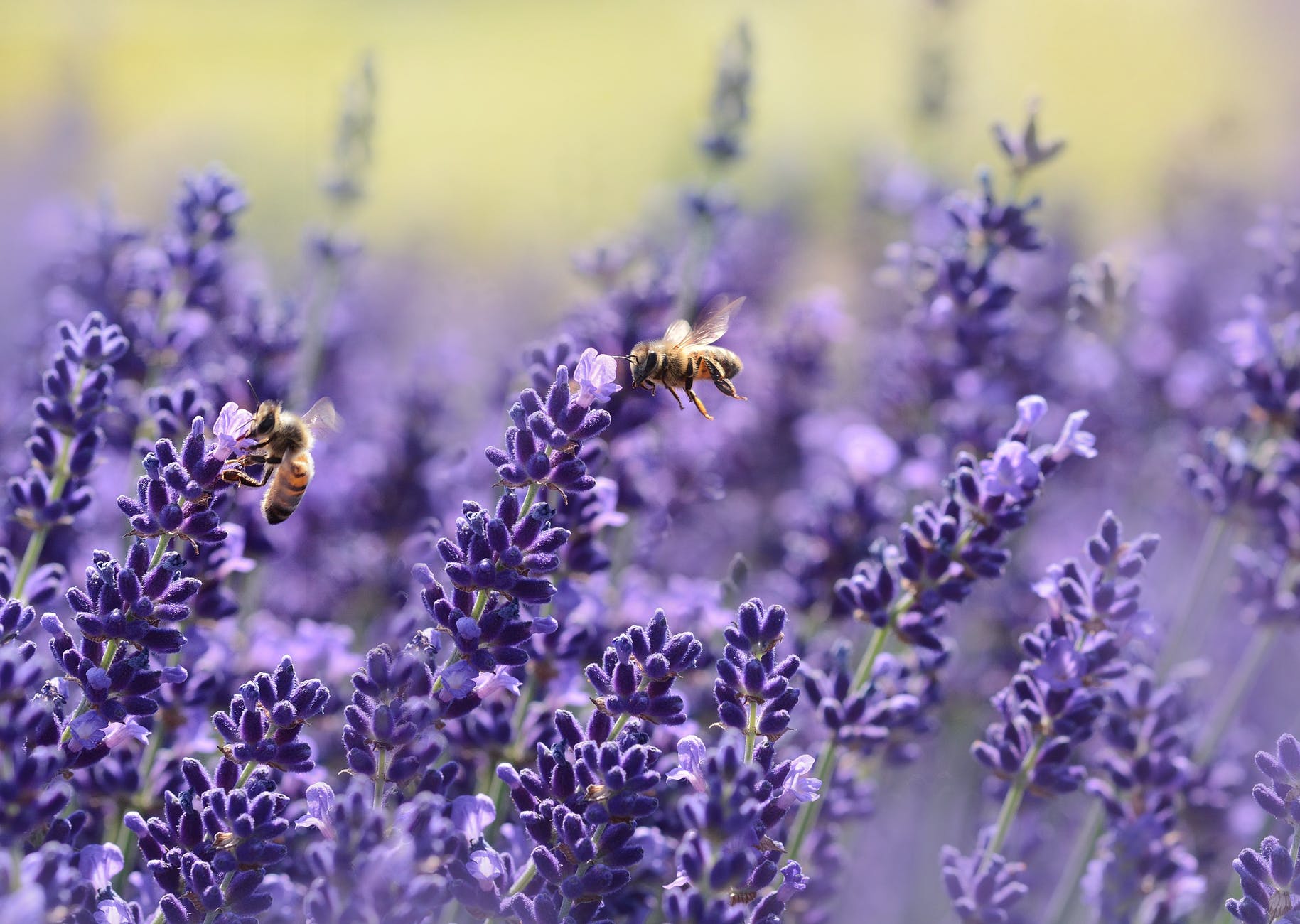
The busiest bee can make up to 40 flights a day, averaging 100 flowers each. This means a typical colony can pollinate 20 million flowers each day! Through this symbiotic relationship, flowers depend on bees and other insects for reproduction and the bees collect and feast on flower’s pollen and nectar. One of the earliest…
-

Minimalistic living and the tiny house movement reject spacious dwellings in favor of efficient homes. Typically, these petite houses can be small enough to be towed around in nomadic fashion. While it can be aesthetically and economically appealing, what is it like actually carrying an entire house with you everywhere? Snails, and other members of…
-
This article was written during the 3rd annual RNA Symposium: Advancing RNA Bioscience into Medicine. I wrote others for this event, but this one’s my favorite. Check out MiSciWriters to read other posts that were live blogged! Suppose you have some extremely important information in the form of a blueprint and it’s your job to…
-
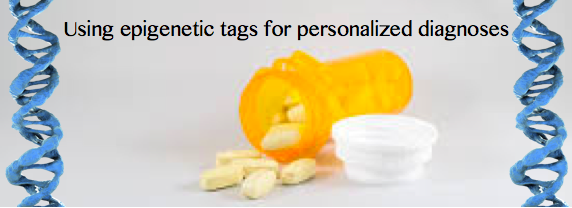
There’s more to our genetics than what’s within our DNA code. Though the code itself the basis for life, on its surface there are chemical alterations that change how it’s expressed. Because DNA’s structure is that of a helix, modifications either make it coil up or unwind where the unwound form allows for transcription. Epigenetics…
-
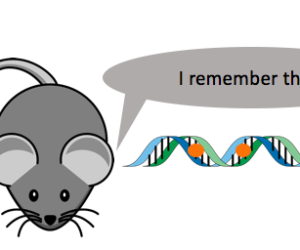
If you saw a hippo on campus, you would remember it. But, would you expect that seeing such a pachyderm roaming on a university would alter the expression of your DNA? A recent study found that rats placed in an environment that tested their memory had alterations to their DNA, or epigenetic changes. For a…
-

After you get home from work, perhaps after eating dinner, you may start working on other projects that you have, something that you might call a hobby. Humans aren’t the only ones that have a life after hours. Recently it’s been discovered that many proteins also have roles in the cell outside of their main…
-
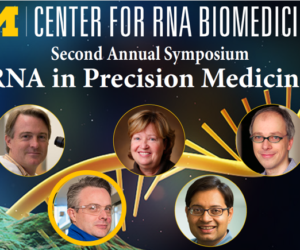
The following blog article was written live at the 2nd Annual Symposium of RNA in Precision Medicine at the University of Michigan through the Center for RNA Biomedicine. Check out MiSciWriter blog for the full coverage of the symposium and follow the #umichRNA on Twitter. “Sequence-based rational design of small molecules targeting RNA” Keynote Speaker :…
-
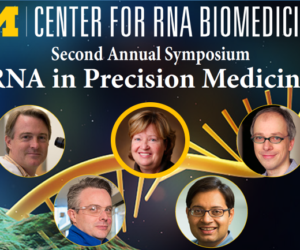
The following blog article was written live at the 2nd Annual Symposium of RNA in Precision Medicine at the University of Michigan through the Center for RNA Biomedicine. Check out MiSciWriter blog for the whole coverage of the symposium and follow the #umichRNA on Twitter. “Integrating Genome, Transcriptome and Electronic Health Records for Discovery and…
-
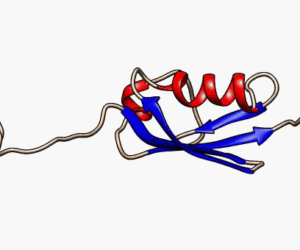
In a previous post, we discussed how proteins fold into unique shapes that allow them to perform their biological functions. Through many physical and chemical properties, like hydrogen bonding and hydrophobicity, proteins are able to fold correctly. However, proteins can fold improperly, and sometimes these malformed peptides aggregate, leading to diseases like Alzheimer’s. How can…

